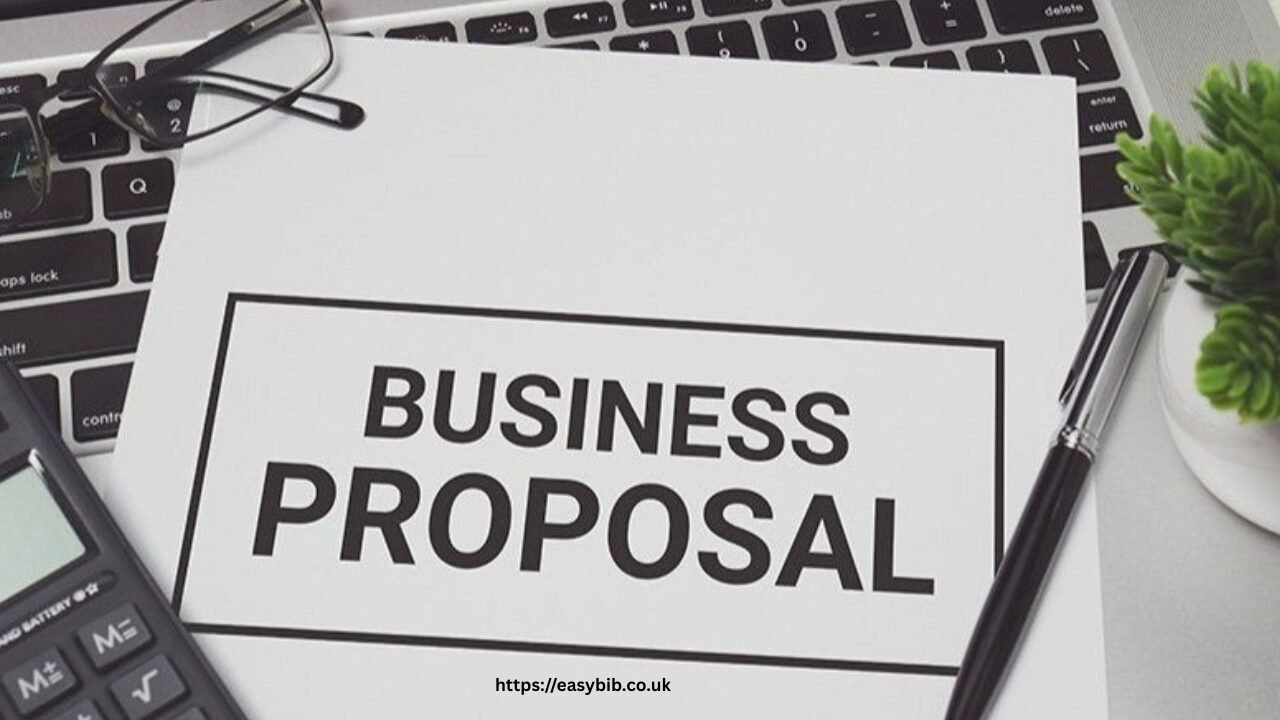The Art of Writing a Business Proposal: Strategy Meets Simplicity

Crafting an effective business proposal requires striking the perfect balance between clarity and persuasion. It’s more than just listing your services or quoting a price—it’s your chance to tell a potential client, “I understand your needs, and here’s how I can help.” A well-written proposal isn’t just about selling; it’s about building trust and laying the groundwork for a fruitful working relationship.
Whether you’re a freelancer, startup founder, or part of a growing company, your ability to articulate value succinctly and engagingly can make all the difference. With the rise of digital tools and more intelligent workflows, creating a proposal that is both professional and personalised is easier than ever. However, it always begins with a thoughtful approach.
What Is a Business Proposal?
A business proposal is a formal document sent to potential clients or partners that outlines your services, pricing, timelines, and how you plan to address their needs. It serves as your pitch—a strategic response that positions you as the best solution for a problem the recipient is trying to solve.
There are typically two types: solicited and unsolicited proposals. Solicited ones respond to a specific request, such as an RFP (Request for Proposal), while unsolicited proposals are initiated by you when you spot a potential business opportunity.
Regardless of the type, the goal remains the same: to present a clear, compelling case that your approach will deliver value.
What Should You Include?
A standard business proposal usually consists of several key sections:
- Title Page: Contains essential details like your name, company, client’s name, and the date of submission.
- Executive Summary: A brief overview of your proposal—essentially, your elevator pitch.
- Problem Statement: Clearly define the challenge your client is experiencing.
- Proposed Solution: Demonstrate how your product or service effectively addresses the problem.
- Methodology: Outline your approach, tools, and timeline.
- Pricing and Deliverables: Be transparent about costs and what’s included.
- About You/Your Company: Introduce your background, experience, or team.
- Call to Action: Encourage the next step, like signing the agreement or arranging a meeting.
These elements provide structure, but the magic lies in tailoring each part to reflect your understanding of the client’s needs.
The Power of Personalisation
A standard error professionals make is relying too heavily on generic templates. Yes, templates are time-saving, but they should serve as a base—not the final product. Every business proposal should feel like it was created specifically for the reader.
Take the time to research your prospect’s company. Mention relevant facts, such as recent developments, industry challenges, or strategic goals they’ve shared publicly. When the reader realises you’ve thoroughly researched, your credibility soars.
Where Technology Comes In
Gone are the days when creating a proposal meant hours of formatting, editing, and second-guessing your wording. Technology now offers more innovative ways to streamline this process without sacrificing quality. AI-driven tools can assist with everything from generating outlines to refining language tone and even offering dynamic templates tailored to your industry.
These innovations are beneficial when you’re handling multiple proposals or when you’re juggling busy deadlines. Automation enhances structure and flow, freeing you to concentrate more on creativity and strategy.
That said, while AI can speed things up, your insight remains irreplaceable. You understand your client, your offering, and your brand better than anyone else. Use these tools as a starting point, then customise the content to reflect your voice and expertise.
How to Make Your Proposal Stand Out
So how do you write a business proposal that gets read—and remembered?
1. Keep it Concise: Clients are busy. Don’t bury your point under fluff. Aim for explicit language and straightforward structure.
2. Tell a Story: Humans relate to narratives. Frame your proposal around the client’s journey—from the challenge they’re facing to the transformation your solution offers.
3. Use Visuals When Appropriate: Charts, timelines, and infographics can break up dense text and convey complex ideas quickly.
4. Focus on Benefits, Not Just Features: Instead of listing what your service includes, explain how it will help the client achieve their goals.
5. Include Social Proof: Testimonials, case studies, or past results can build trust.
6. Make It Easy to Say Yes: Include a clear call to action and offer support or next steps.
READ MORE
Don’t Forget the Follow-Up
Once you’ve sent the proposal, the work isn’t over. Following up shows you’re proactive and invested in the potential partnership. It also gives your client a chance to ask questions or request modifications. Keep your tone friendly and professional, and use the follow-up as an opportunity to reinforce value rather than push for a decision.
A well-crafted business proposal is more than a sales tool; it reflects your brand and professionalism. It shows that you listen, understand, and are capable of delivering solutions that matter. Whether you’re responding to an RFP or reaching out to a new lead, taking the time to craft a well-structured and tailored proposal will help you stand out from the crowd.
The combination of clear communication, smart formatting, and personalised insight can turn a simple document into a deal-winning asset. And with the help of modern tools to guide you through the process, writing practical proposals no longer needs to be a source of stress. Instead, it becomes another powerful way to connect with your audience and grow your business—one opportunity at a time.
